
China's industrial output expanded 6 percent year on year in 2016, largely due to strong performance in the high-tech industry, official data showed Friday.
The growth rate was the same as in the first three quarters, figures with the National Bureau of Statistics (NBS) showed.
Industrial output, officially called industrial value added, is used to measure the activity of designated large enterprises with annual turnover of at least 20 million yuan (about 2.9 million U.S. dollars).
In December, the total value added of the designated industrial enterprises was up by 6 percent year on year, or 0.46 percent every month, the data showed.
Industrial output in the high-tech industry surged 10.8 percent year on year, 4.8 percentage points faster than growth in the secondary industry, accounting for 12.4 percent of the designated industrial enterprises, 0.6 percentage points more than the previous year.
Mining output dropped 1 percent, while manufacturing output increased 6.8 percent. The output for electricity, thermal power, gas and water grew 5.5 percent.
Ownership analysis showed that industrial output of state-holding enterprises was up 2 percent, while share-holding enterprises output grew 6.9 percent. Meanwhile, industrial output of enterprises funded by overseas investors increased 4.5 percent. From January to November, total profits of designated large enterprises reached 6.0334 trillion yuan, up 9.4 percent year on year.
The growth rate was 1 percentage point faster than that in the first three quarters, the data showed. China's industrial production grew steadily with rising profits for enterprises, according to the NBS.
Amid the drive to restructure and optimize industry, the country aims to reduce overcapacity in traditional sectors such as iron and steel while facilitating growth in emerging areas.
The industrial output figures were released by the NBS along with a slew of other major economic indicators for December, and 2016.
China's economy grew 6.7 percent year on year in 2016, the slowest pace of growth in 26 years, but well within the government's target range.
















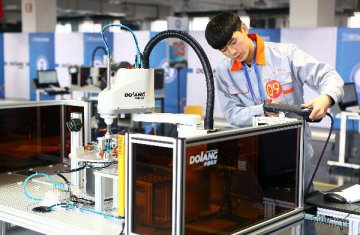
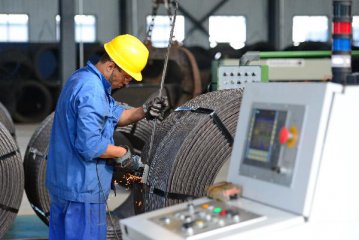
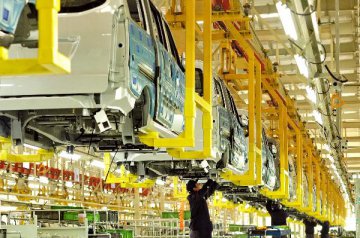

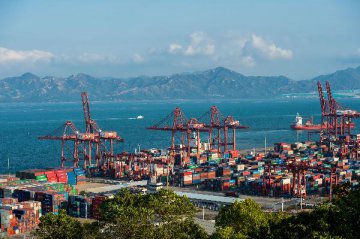
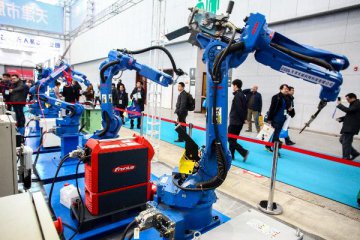


Latest comments